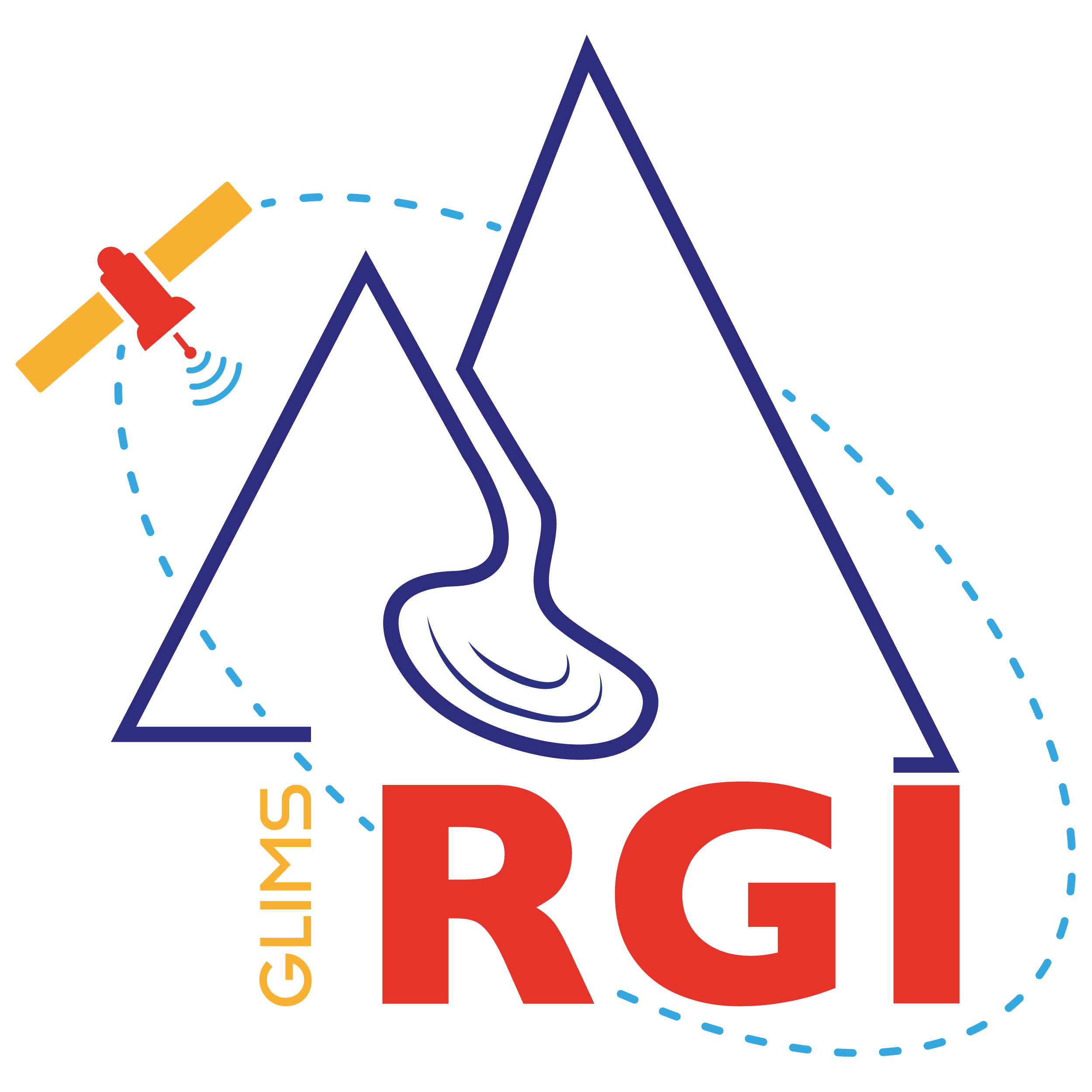Appendix 3: Acknowledgements#
Funding for RGI 7.0 was provided by:
the International Association of Cryospheric Sciences (IACS), under the auspices of the International Union of Geodesy and Geophysics (IUGG). Funds were used to organize meetings and employ student helpers.
the UNESCO Programme and Budget 2022-2023 (41C/5), Major Programme II, Output 3.SC2: “Water science, innovation, education, management, cooperation and governance bolstered for a water secure world in a changing environment” and within the framework of the theme: “Supporting Member States to address hydrological challenges, extremes and water scarcity”. Funds (granted to Fabien Maussion) were used to employ student helpers.
the World Glacier Monitoring Service (WGMS). Funds were used to employ student helpers.
the Copernicus Climate Changes Service (C3S) implemented by the European Centre for Medium Range Weather Forecasts (ECMWF). Funds supported the glacier mapping in regions 01, 03, 04, 05, 07, 10, 11, 16, 17, 18, and 19 by Frank Paul and Philipp Rastner.
the ESA project Glaciers_cci (Grant 4000127593/19/I-NB). Funds supported the glacier mapping in regions 04 and 18 by Frank Paul.
the National Aeronautics and Space Administration (NASA) and the National Snow and Ice Data Center Distributed Active Archive Center (NSIDC DAAC), grants NNG13HQ03C, 80GSFC18C0102 and 80GSFC23CA035.
Computing resources and data storage for the RGI7 generation process:
Ben Marzeion, Timo Rothenpieler
RGI logo:
Anne Maussion, Atelier Les Gros Yeux
RGI and GLIMS permanent data storage:
National Snow and Ice Data Center Distributed Active Archive Center (NSIDC DAAC)
For his decades-long support of the GLIMS database:
Bruce Raup
For their vision and pioneering work in initiating the RGI:
Graham Cogley, Georg Kaser, Tad Pfeffer
We also acknowledge the countless individuals who have mapped glaciers around the world and submitted the data to GLIMS, and the institutions supporting their work.
